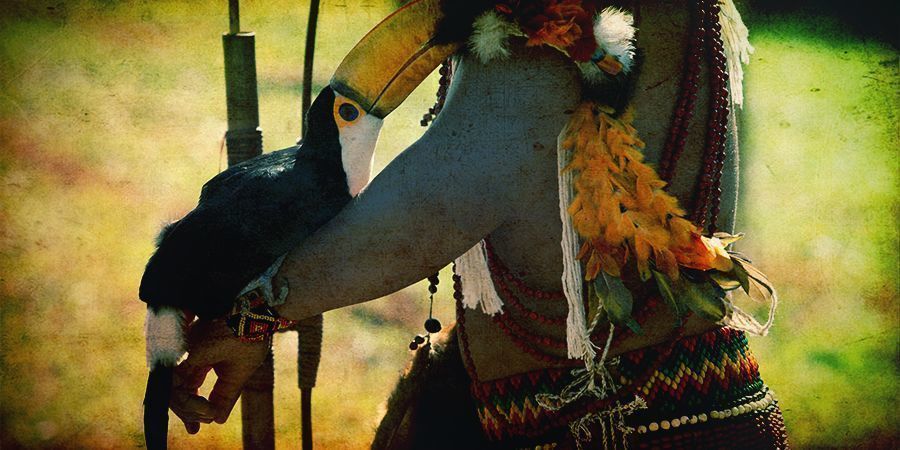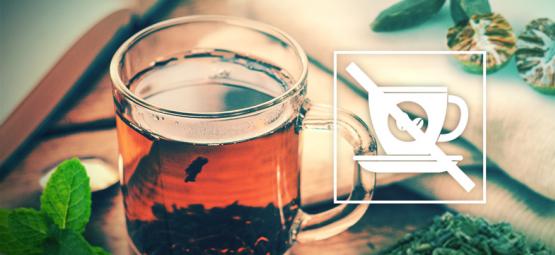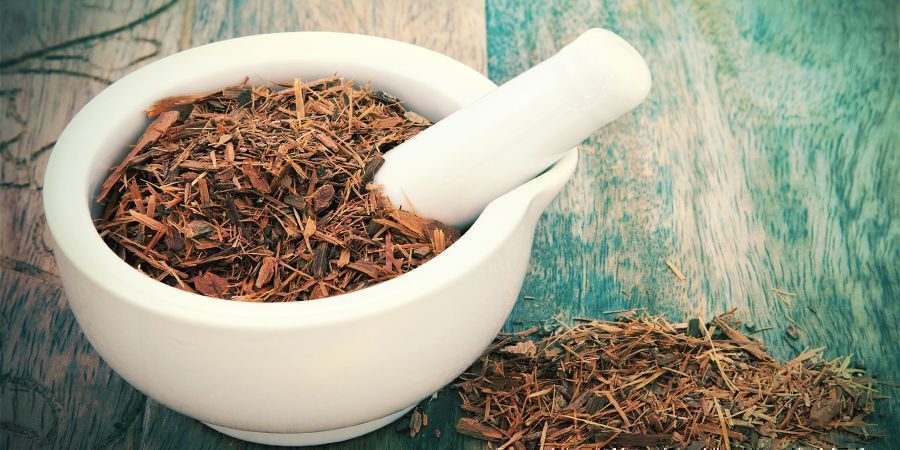-
Seedshop
-
Feminized
Cannabis seeds -
Autoflowering
Cannabis Seeds -
Regular
Cannabis Seeds -
F1 Hybrid
Cannabis Seeds -
CBD
Cannabis Seeds -
Zamnesia
Cannabis Seeds
-
Top 10’s
- Top 10 Feminized Seeds
- Top 10 Autoflowering Seeds
- Top 10 Regular Seeds
- Top 10 USA Cannabis Strains
- Top 10 Zamnesia Seeds
-
Favourites
- Beginner Strains
- Below 1% THC
- Classic Cannabis Strains
- Cup Winners
- F1 Hybrids
- Fast-Flowering Strains
- High CBD Strains
- High THC Strains
- Mix Packs
- Zamnesia Exclusive Collabs
-
-
Headshop
-
Vaporshop
- Spare Parts & Accessories
- AirVape X
- AirVape XS GO (2021)
- Arizer Air MAX
- Arizer Extreme Q
- Arizer Solo 2
- Arizer V-Tower
- Arizer XQ2
- Boundless CFC 2.0 Vaporizer
- Boundless CFX
- Boundless TERA (V3)
- CRAFTY+
- DaVinci IQ2
- DaVinci IQC
- DaVinci MIQRO
- Dr. Dabber Boost EVO
- Dr. Dabber Stella
- DynaVap Omni 2021
- DynaVap VapCap "M" PLUS 2023
- DynaVap VapCap 'M' 2021
- DynaVap VonG (i) Titanium
- Dynavap The "B" Series
- Eagle Bill
- Firefly 2+
- Flowermate Aura
-
Healthshop
-
Smartshop
-
Shroomshop
-
Growshop
-
Seedshop
All CategoriesSeedshop
-
Vaporshop
All CategoriesVaporshop
- Top 10 Vaporizers
- Spare Parts & Accessories
- AirVape X
- AirVape XS GO (2021)
- Arizer Air MAX
- Arizer Extreme Q
- Arizer Solo 2
- Arizer V-Tower
- Arizer XQ2
- Boundless CFC 2.0 Vaporizer
- Boundless CFX
- Boundless TERA (V3)
- CRAFTY+
- DaVinci IQ2
- DaVinci IQC
- DaVinci MIQRO
- Dr. Dabber Boost EVO
- Dr. Dabber Stella
- DynaVap Omni 2021
- DynaVap VapCap "M" PLUS 2023
- DynaVap VapCap 'M' 2021
- DynaVap VonG (i) Titanium
- Dynavap The "B" Series
- Eagle Bill
- Firefly 2+
- Flowermate Aura
- Flowermate Cap Pro
- Flowermate Slick
- Flowermate V5.0S Pro
- G Pen Connect
- G Pen Elite II
- G Pen Micro+
- G Pen Pro
- G Pen Roam
- Hydrology9 Vaporizer
- Hyer Big-E Rig
- MIGHTY
- MIGHTY+
- PAX Mini
- PAX Plus
- PLENTY
- Pax 3 Vaporizer
- Puffco Peak PRO Smart Rig
- Puffco Peak Smart Rig
- Puffco Plus
- Storm Vaporizer
- The Proxy (Puffco)
- VOLCANO CLASSIC
- VOLCANO HYBRID
- Vape-Lifter
-
Smartshop
All CategoriesSmartshop
- Top 10 Smartshop
- Zamnesia Gift Cards
- After Party
- Aphrodisiacs
- Aromatherapy
- Blue Lotus
- CBD Vape Juice
- Capsule Machines
- Crystals, Gemstones & Minerals
- Dream Herbs
- Drug Tests
- Extracts
- Happy Caps
- Herbal Tea
- Herbs & Seeds
- Incense
- Kanna
- Kratom
- LSA Seeds
- Mescaline Cacti
- Microdosing
- Nootropics
- Relaxing
- Salvia divinorum
- Smart Seeds
- Stimulants
- Supplements
- Tinctures
- Vape Herbs
-
TRIBE
All CategoriesTRIBE
- My Membership
- Spend Gift Points
- Exclusive products
- Earn Extra Gift Points
-
TRIBE
- Early Access
- Refer a Friend
- Information
-
TRIBE
-
Language
 United States
United States
Friday, 18 April and Thursday, 24 April 2025*
Catuaba: Everything You Need To Know
The Amazon rainforest serves as a luscious hub of biodiversity. Tens of thousands of plant species produce countless alkaloids now harnessed by humans—some for spiritual purposes, others for recreation. Catuaba bark also stems from this rich source of molecular complexity.
WHAT IS CATUABA?
Catuaba is the name given to an infusion made using tree bark. The taxonomic history of the preparation has eluded botanists and researchers for decades. The bark used in the drink derives from multiple different trees, as opposed to a single species. Brazilians use the beverage for numerous purposes, particularly for an energy boost and before climbing into bed with a partner.
Brazilian harvesters speak of two primary species used to obtain catuaba bark—"small catuaba" and "big catuaba". Identified as Erythroxylum catuaba, small catuaba grows as a small tree that produces orange and yellow flowers and dark yellow, inedible fruit. The relatively low-lying tree reaches a height of 2–4m.
In contrast, “big catuaba”—Trichilia catigua—belongs to the mahogany family and ascends to a height of 6–10m. The tree blooms cream-coloured flowers. Researchers have examined samples of the bark and so far identified several chemical constituents, including:
• Omega-phenyl alkanes
• Omega-phenyl alkanoic acids
• Omega-phenyl-gamma-lactones
Botanists have also identified Erythroxylum vacciniifolium as a component of catuaba in some formulas. Researchers have found this plant to contain a class of tropane alkaloid called catuabines. These include catuabine A, B, C, and D.
Other trees also fall under the umbrella term of catuaba, but the two mentioned here are the primary species used in Brazilian herbal systems.
HISTORY OF CATUABA

Catuaba means “what gives strength to the Indian” in the native Guarani language. Indigenous cultures have a long history of using the herbal formula to raise energy levels and increase sexual desire. Historians suggest that the Tupi people of Brazil first attributed these effects to the natural preparation.
Passed down over generations and into modern Brazilian culture, current herbal systems in the country still harness catuaba for similar uses. Now recognised all over the world, herbalists in Europe and the United States also use catuaba for the active chemicals found within.
EFFECTS OF CATUABA

Science has yet to unlock the secrets held within catuaba bark. Researchers still need to properly probe the herb, and only human trials will determine any consistent and quantifiable mechanisms. The effects attributed to the blend stem from anecdotal accounts and traditional use.
The most common claim regarding catuaba revolves around sexual drive and arousal. Users often speak of improved libido, suggesting catuaba might be an effective herbal tool for ramping things up in the bedroom. Catuaba also appears to soothe sensations of nervousness, which might be another reason why it helps before getting intimate. The formula may help swap out tension for mental relaxation.

- (2017/03/01). Trichilia catigua: therapeutic and cosmetic values - ScienceDirect - https://www.sciencedirect.com
- Campos, Maria M., Fernandes, Elizabeth S., Ferreira, Juliano, Santos, Adair R. S., Calixto, & João B. (2005, October). Antidepressant-like effects of Trichilia catigua (Catuaba) extract: evidence for dopaminergic-mediated mechanisms | SpringerLink - https://link.springer.com
- France
- Germany
- International
- Italy
- Netherlands
- Spain
- United Kingdom
- United States
You might also like
-

 4 min
19 August 2022
7 Natural Aphrodisiacs For Women
Sometimes our sex drive needs a little boost. And if we can do so using natural substances, that's all the better. Here we look at 7 natural aphrodisiacs that may help women to increase their libidos. ...
4 min
19 August 2022
7 Natural Aphrodisiacs For Women
Sometimes our sex drive needs a little boost. And if we can do so using natural substances, that's all the better. Here we look at 7 natural aphrodisiacs that may help women to increase their libidos. ...
-

 5 min
25 July 2019
The Best Alternatives To Coffee: Natural Ways To Boost Energy
Although it may be hard to believe, not everybody is a fan of coffee. In case you happen to be one of those people, here is a list of perfect alternatives to the famous caffeinated beverage. Some of t ...
5 min
25 July 2019
The Best Alternatives To Coffee: Natural Ways To Boost Energy
Although it may be hard to believe, not everybody is a fan of coffee. In case you happen to be one of those people, here is a list of perfect alternatives to the famous caffeinated beverage. Some of t ...
-

 2 min
10 March 2019
Best Vape Herbs To Use As An Aphrodisiac
Some herbs are good for relaxation, while others can give you a boost of energy. And then there are those that can affect you in other ways. For example, there are certain herbs that are known to prom ...
2 min
10 March 2019
Best Vape Herbs To Use As An Aphrodisiac
Some herbs are good for relaxation, while others can give you a boost of energy. And then there are those that can affect you in other ways. For example, there are certain herbs that are known to prom ...
-

 2 min
21 December 2017
Best Vape Herbs To Boost Energy
When used correctly, herbs are a great addition to a healthy and well-balanced diet. Just like fresh food and vitamins, herbs should be used regularly to maximize their benefits. Herbs can help increa ...
2 min
21 December 2017
Best Vape Herbs To Boost Energy
When used correctly, herbs are a great addition to a healthy and well-balanced diet. Just like fresh food and vitamins, herbs should be used regularly to maximize their benefits. Herbs can help increa ...
-

 2 min
14 August 2017
How To Use Damiana To Increase Your Libido And Enhance Orgasms
Used for centuries as an aphrodisiac, Damiana is an effective supplement to boost libido. The plant demonstrates an ability to potentially boost sexual desire and intensify orgasms in men and women. ...
2 min
14 August 2017
How To Use Damiana To Increase Your Libido And Enhance Orgasms
Used for centuries as an aphrodisiac, Damiana is an effective supplement to boost libido. The plant demonstrates an ability to potentially boost sexual desire and intensify orgasms in men and women. ...
Categories
-
Seedshop
- Feminized Cannabis Seeds
- Autoflowering Cannabis Seeds
- Regular Cannabis Seeds
- F1 Hybrids
- CBD Seeds
- Zamnesia Seeds
- Top 10 Autoflowering Seeds
- Top 10 Regular Seeds
- Top 10 USA Cannabis Strains
- Top 10 Zamnesia Seeds
- Top 10 Feminized Seeds
- Beginner Strains
- Below 1% THC
- Classic Cannabis Strains
- Cup Winners
- F1 Hybrids
- Fast-Flowering Strains
- High CBD Strains
- High THC Strains
- Mix Packs
- Zamnesia Exclusive Collabs
- Amnesia Seeds
- Blueberry Seeds
- Cheese Seeds
- Diesel Seeds
- Gorilla Seeds
- Haze Seeds
- Kush Seeds
- Purple Seeds
- Skunk Seeds
- White Widow Seeds
- Zamnesia Seeds
- ACE Seeds
- Advanced Seeds
- Amsterdam Genetics
- Anesia Seeds
- Auto Seeds
- Barney's Farm
- Big Buddha Seeds
- Bomb Seeds
- BSB Genetics
- BSF Seeds
- Buddha Seeds
- Bulldog Seeds
- Cali Connection
- Cannarado Genetics
- CannaBioGen
- CBD Crew
- CBD Seeds
- Compound Genetics
- The Dank Seeds
- Dark Horse Genetics
- Delicious Seeds
- Devil Harvest Original
- Dinafem
- DNA Genetics
- Doctor's Choice
- Dr. Underground
- Dutch Passion
- Elite Seeds
- Eva Seeds
- Exotic Seed
- Expert Seeds
- FastBuds
- Female Seeds
- Fenocan
- Flash Auto Seeds
- French Touch Seeds
- Garden of Green
- GeneSeeds
- Genehtik Seeds
- G13 Labs
- Grass-O-Matic
- Greenhouse Seeds
- Grow Your Own (DNA)
- Growers Choice
- Homegrown Fantaseeds
- House of the Great Gardener
- Humboldt Seed Company
- Humboldt Seed Organization
- Kalashnikov Seeds
- Kannabia
- The Kush Brothers
- Light Buds
- Little Chief Collabs
- Medical Seeds
- Ministry of Cannabis
- Mr. Nice
- Nirvana Seeds
- Original Sensible
- Paradise Seeds
- Perfect Tree
- Pheno Finder
- Philosopher Seeds
- Positronics Seeds
- Purple City Genetics
- Pyramid Seeds
- Rare Dankness
- Reggae Seeds
- Reserva Privada
- Resin Seeds
- Ripper Seeds
- Royal Queen Seeds
- Sagarmatha Seeds
- Samsara Seeds
- Seedstockers
- Sensation Seeds
- Sensi Seeds
- Serious Seeds
- Silent Seeds
- Soma Seeds
- Spliff Seeds
- Strain Hunters
- Sumo Seeds
- Super Sativa Seed Club
- Super Strains
- Sweet Seeds
- T.H. Seeds
- Top Tao Seeds
- Vision Seeds
- VIP Seeds
- White Label
- World Of Seeds
- Zativo Seeds
- Seed Banks
-
Headshop
-
Vaporshop
-
Healthshop
-
Smartshop
- Top 10 Smartshop
- Zamnesia Gift Cards
- After Party
- Aphrodisiacs
- Aromatherapy
- Blue Lotus
- CBD Vape Juice
- Capsule Machines
- Crystals, Gemstones & Minerals
- Dream Herbs
- Drug Tests
- Extracts
- Happy Caps
- Herbal Tea
- Herbs & Seeds
- Incense
- Kanna
- Kratom
- LSA Seeds
- Mescaline Cacti
- Microdosing
- Nootropics
- Relaxing
- Salvia divinorum
- Smart Seeds
- Stimulants
- Supplements
- Tinctures
- Vape Herbs
-
Shroomshop
-
Growshop
- Top 10 Growshop
- Top 10 Plant Seeds
- All Seeds
- Cacti
- Chili & Pepper Seeds
- Companion Plants
- Edible Plant Seeds
- Exotic Seeds
- Flower Seeds
- Fruit Seeds
- Herb Seeds
- Interior Plant Seeds
- Microgreens
- Psychoactive Plant Seeds
- Sprouting
- Vegetable Seeds
- Wellness Plant Seeds
- After Harvest
- Climate Control
- Fertilizer
- Grow Tents
- Harvest, Dry & Cure
- LED Grow Lights
- Plant Seeds
- Propagation
-
Merchandise
-
Sale section
Account
Information
Our Offers
Our website won't work without these cookies activated. Therefore functional cookies can't be disabled.


























